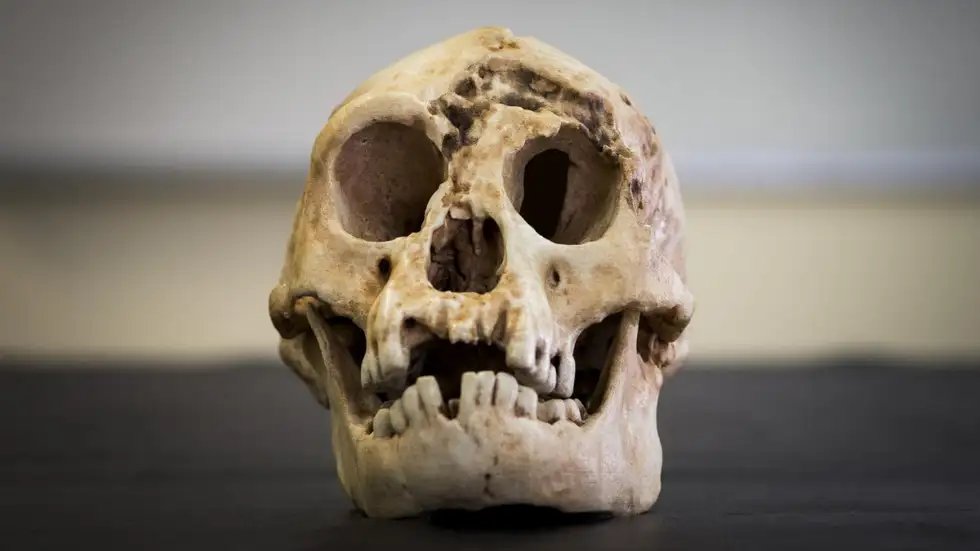
Japan's #Subaru Strategic Program has discovered a super-Earth four times the mass of our planet orbiting a red dwarf just 37 lightyears away.
The good news? This #exoplanet, named Ross 508b, might be habitable!
Read: weather.com/en-IN/india/sp…
By: @ashmitagupta_21
🧵👇
The good news? This #exoplanet, named Ross 508b, might be habitable!
Read: weather.com/en-IN/india/sp…
By: @ashmitagupta_21
🧵👇

This super-Earth is a rocky world, on which a year is equal to just 11 Earth days.
The short orbit is down to the red dwarfs being a lot smaller than the Sun that centres our solar system. But the smaller sizes also make their gravitational fields less expansive than the Sun's.
The short orbit is down to the red dwarfs being a lot smaller than the Sun that centres our solar system. But the smaller sizes also make their gravitational fields less expansive than the Sun's.

Therefore, Ross 508b revolves around its red dwarf at a distance of just 5 million km. Mercury, in comparison, is about 60 million km from the Sun.
The short distance between this super-Earth & its red dwarf begs the question: how could it possibly be habitable?
The short distance between this super-Earth & its red dwarf begs the question: how could it possibly be habitable?

Well, the Ross 508b's orbit is elliptical, meaning it isn't always as close to the star & pretty much dips in and out of the habitable zone.
A planet like this may be able to retain water on its surface. Whether or not water or life actually thrive there is still up for debate.
A planet like this may be able to retain water on its surface. Whether or not water or life actually thrive there is still up for debate.

Red dwarfs are cooler than other types of stars and emit less visible light, which makes studying them challenging.
What makes this find more special is that it's the 1st exoplanet found by the Subaru Strategic Program using the infrared spectrograph IRD on the #SubaruTelescope.
What makes this find more special is that it's the 1st exoplanet found by the Subaru Strategic Program using the infrared spectrograph IRD on the #SubaruTelescope.
The team at Astrobiology Center in #Japan developed IRD specifically to search for red dwarf-orbiting exoplanets like Ross 508b.
It relies on a planet-hunting technique that looks for minute deviations in the velocity of a star to infer a planet orbiting it.
It relies on a planet-hunting technique that looks for minute deviations in the velocity of a star to infer a planet orbiting it.
It wouldn't be a stretch to assume that the #SubaruTelescope could bestow us with even better candidates for habitable planets around red dwarfs.
This study has opened doors for future observations to confirm the possibility of life around low-mass stars.
This study has opened doors for future observations to confirm the possibility of life around low-mass stars.

• • •
Missing some Tweet in this thread? You can try to
force a refresh













